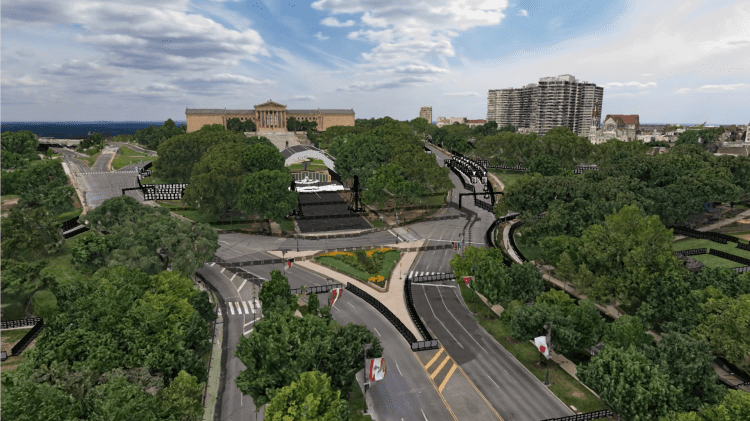Reality Modeling for Everyone

Highly Accurate Context from Simple Photography
Before beginning any infrastructure project, a project team needs to survey existing conditions in order to provide the foundational input to the decision-making process—to understand the context within which the asset will be designed, built, and operated.
The technologies and processes available to capture and visualize real world conditions have evolved beyond levels and tape measures to technologies such as Total Stations, aerial and ground-based laser scanners, and digital photogrammetry. Each has advantages and disadvantages. Factors to consider are processing time, the quality and precision of the data, the cost of acquisition and processing, and the capability to support engineering workflows.
The use of laser scanners for data acquisition has grown in recent years because it is versatile and is accurate within millimeters. However, laser scanners are still expensive (about $30K for less expensive models), and the technology requires highly skilled, well-trained individuals.
Many Bentley users have utilized laser scanning in their projects across a variety of asset types. Check out this project for a compressor station on an oil and gas project, where the intended use was planning maintenance and operations (Booster Compressor Station on the Yurharovskoye Oil Field by Giprotyumenneftegaz). Or, view this rail project assessing tunnel conditions and requirements for electrification of existing lines (see Cascade Tunnel study by J.L. Patterson & Associates).
Bentley, however, has introduced new technology that takes data capture out of the hands of specialists and makes it accessible to everyone. This innovation greatly simplifies the capture of existing conditions since it only requires standard photography captured from any digital camera, whether mounted on UAVs or hand-held. Once the imagery is captured, it is processed photogrammetrically with Bentley’s ContextCapture to produce a highly accurate 3D mesh, what Bentley refers to as a Reality Mesh. The accuracy of the Reality Mesh is only limited by the resolution of the source photography.

The models produced by ContextCapture, in a format called a reality mesh, can be integrated seamlessly into engineering workflows to serve as precise environmental context for design work.
Francois Valois, director of product management at Bentley Systems states that, “The Reality Mesh is highly accurate 3D geometry, with the precision to allow any engineering project to be done completely in context. The imagery can be textured to the Reality Mesh, of course, which results in a 3D model that is so very photorealistic that folks have to be reminded of the underlying accuracy inherent with the Reality Mesh.”
Users of ContextCatpure have the flexibility to incrementally improve the model at any time by capturing additional images and reprocessing the data. This capability enables continuous surveying over the entire asset lifecycle, from conceptual design to operations, progressively updating the existing, as-built and as-operated condition.
Perhaps no project better exemplifies the potential for Reality Modeling to become an enabling mainstream technology than the planning for the Pope’s recent visit to the city of Philadelphia. The entire downtown core of Philadelphia was modeled, along with the interior of several buildings including the Cathedral Basilica of Saints Peter and Paul, and used extensively to plan the event.
Watch this inspiring video to see how Reality Modeling has now become accessible to everyone.
About David Huie
David Huie, is a senior product marketing manager with Bentley, responsible for MicroStation, Navigator, i-models, ContextCapture, and LumenRT. He focuses on Bentley’s design and reality modeling and model review products, as well as Bentley’s unique and industry-leading i-model format and related technology. With involvement in MicroStation for most of his 20+ years with Bentley, David is well-positioned to articulate the user-level and organizational advantages that Bentley’s modeling products and technologies provide to the markets that Bentley serves.


